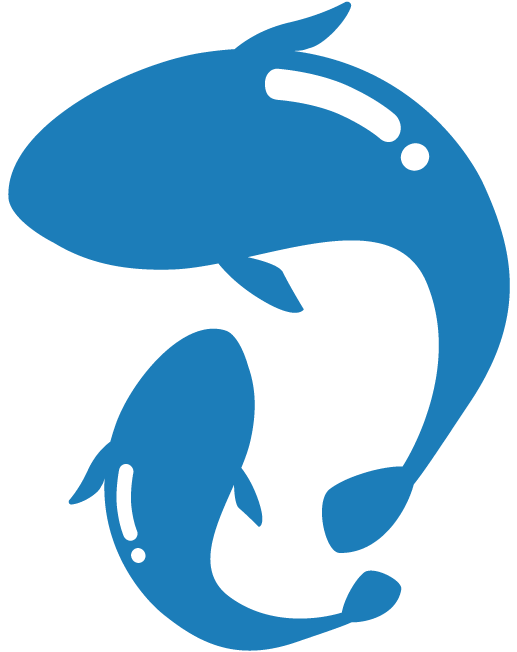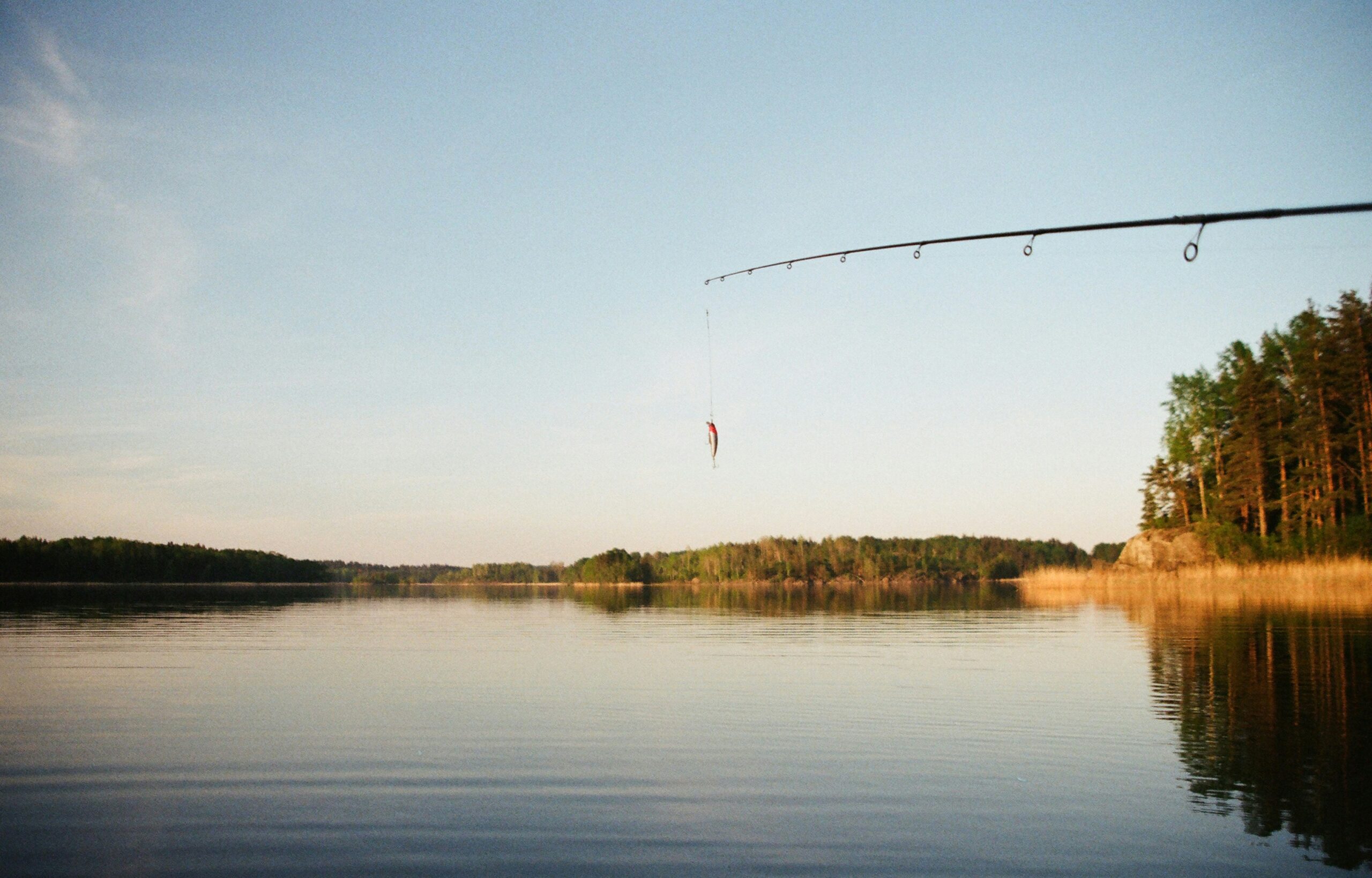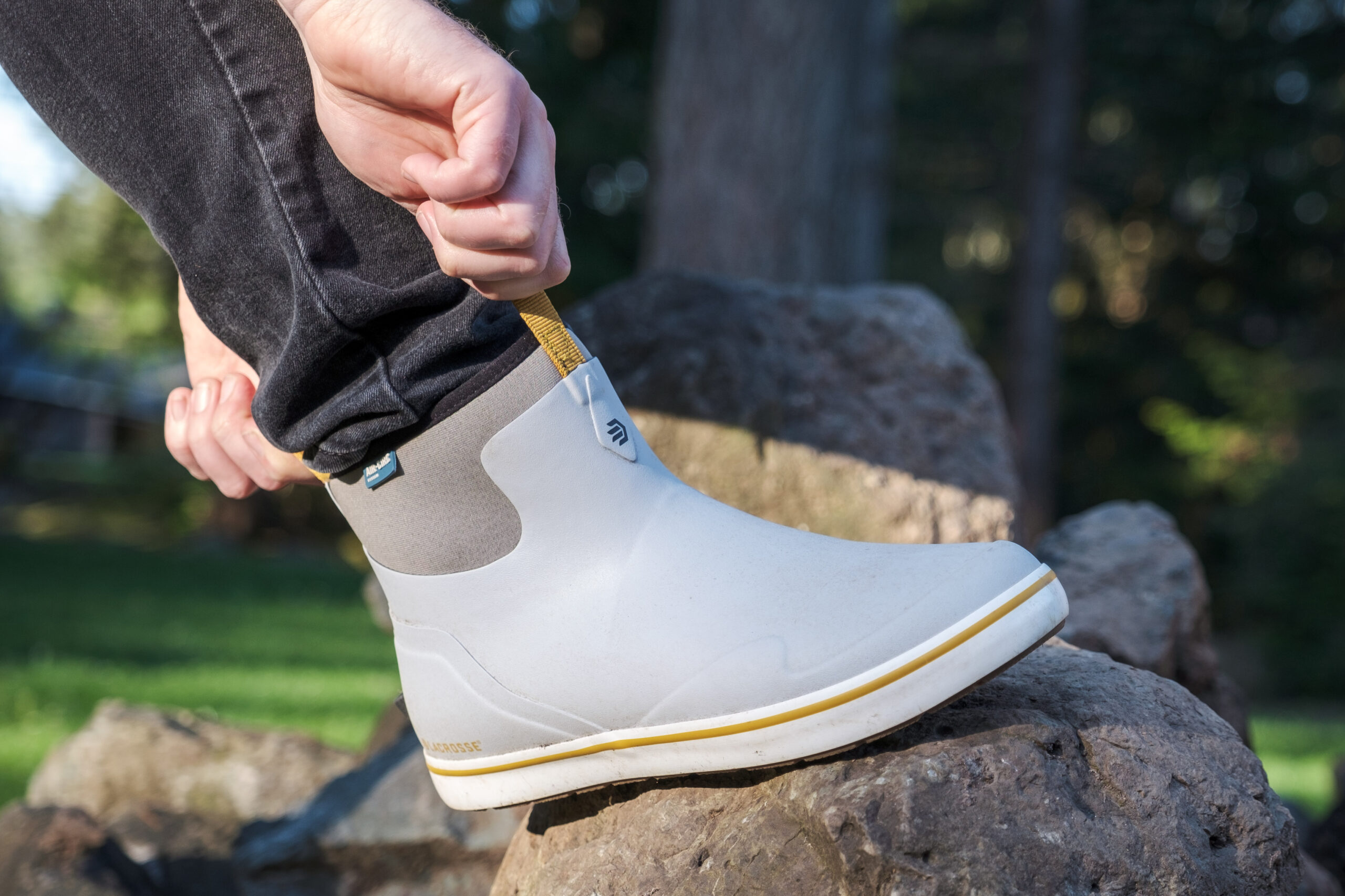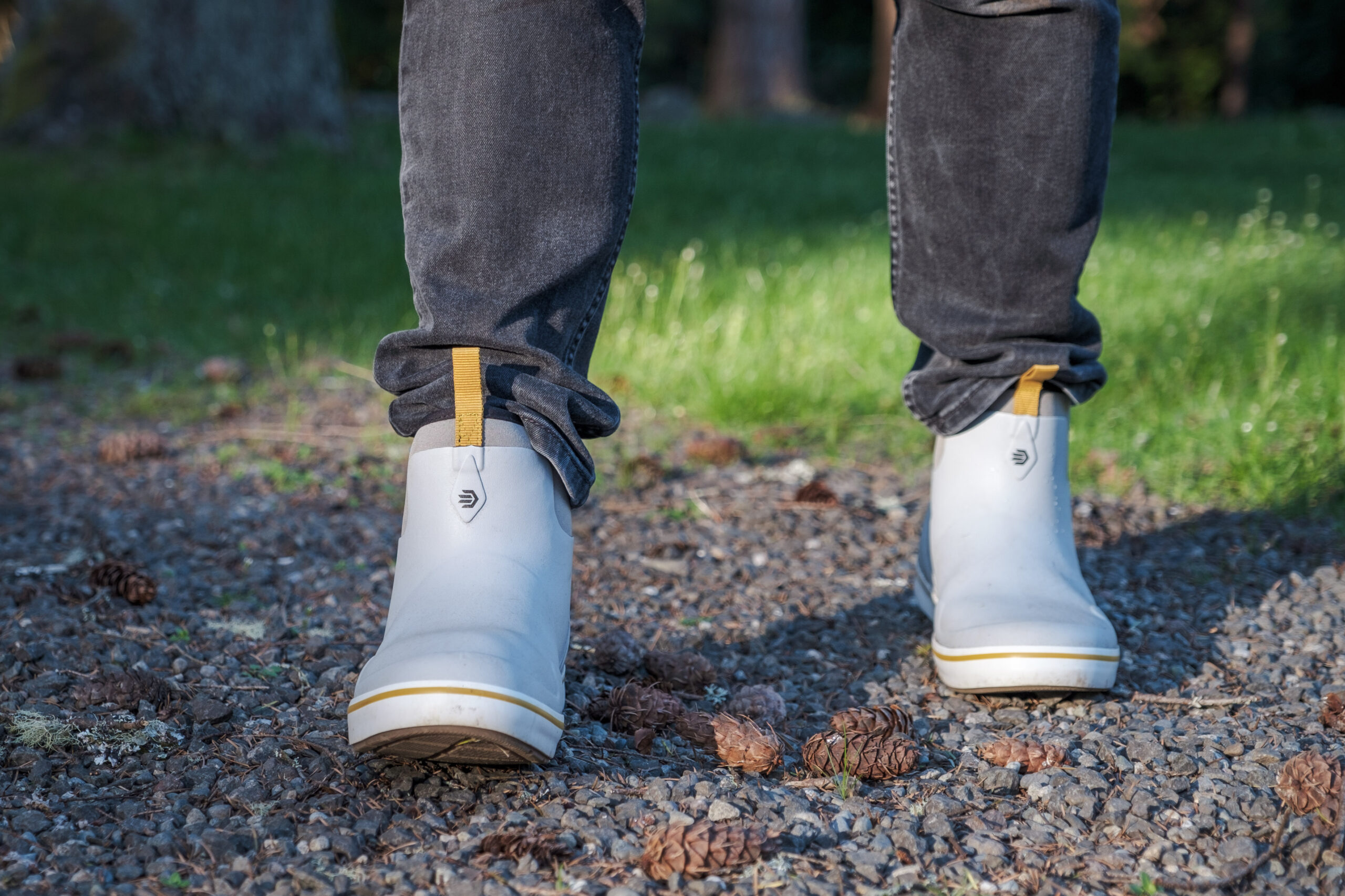Saltwater fishing is more than just a hobby—it’s a connection to the sea, a test of skill, and a thrilling adventure. However, like any pursuit of the catch, success largely depends on selecting the right fishing location. The vastness of the ocean can be both a blessing and a challenge, offering countless potential spots to fish. But not all fishing spots are created equal. Whether you’re targeting trophy game fish or simply hoping for a good catch, understanding how to choose the right fishing spot is essential. In this article, we will explore the factors to consider when selecting the perfect saltwater fishing location, ensuring a more productive and enjoyable fishing experience.
1. Understanding Tides and Currents
The first and most important consideration in choosing a saltwater fishing spot is understanding the tides and currents. Saltwater fish are highly influenced by these natural forces, which dictate their movements and feeding behavior.
- Tides: Fish are often most active during certain tidal movements. The best times for fishing are usually during incoming and outgoing tides, when fish are more likely to be feeding near shorelines, inlets, or drop-offs. During the incoming tide, fish follow the water’s flow toward the shore, while the outgoing tide sees them retreating back to deeper waters. Knowing the tide schedule will help you determine when to cast your line for maximum success.
- Currents: Currents play a key role in fishing, especially in coastal and offshore areas. Strong currents often bring baitfish closer to the shore, which in turn attracts predator fish. Look for areas where currents converge, such as near point breaks, bay entrances, or jetties. These places often concentrate both baitfish and larger game fish, making them prime fishing spots.
2. Focus on Structure and Underwater Features
Fish tend to congregate around areas with varying underwater structures. These structures provide shelter, food, and protection for a wide range of marine life. When scouting for fishing locations, look for:
- Reefs: Both natural and artificial reefs are hotspots for saltwater fishing. Reefs attract smaller fish, which in turn draw larger predator fish. These areas often have high biodiversity, making them a go-to for anglers in search of variety.
- Drop-offs and Shelves: These underwater slopes are prime spots for targeting larger fish, such as snapper, grouper, and tuna. Drop-offs typically mark the transition from shallow to deep water, and they are often rich in nutrients that attract a variety of species.
- Wrecks: Sunken ships and other debris on the ocean floor create artificial reefs that offer shelter and food for marine life. These wrecks are often teeming with fish, particularly species like amberjack, snapper, and sea bass. In some cases, wrecks can be located using fish finders or by asking local fishermen about known wreck spots.
- Mud Flats and Sandbars: Shallow areas near shore, like mud flats or sandbars, can be fantastic fishing grounds, especially for species like redfish, flounder, and speckled trout. These spots are ideal during certain tidal phases when fish come in to feed on crustaceans and smaller fish.
3. Look for Baitfish
Baitfish are an essential part of the food chain in saltwater ecosystems, and finding areas where baitfish gather is one of the most effective ways to locate larger predatory fish. Fish species such as tuna, mahi-mahi, and kingfish are often found in areas with large populations of baitfish like anchovies, menhaden, or sardines. Look for the following signs:
- Bird Activity: Seabirds such as gulls, pelicans, and terns often dive into the water to feed on schools of baitfish. If you see flocks of birds diving into the water, chances are there’s a concentration of baitfish beneath the surface, and predator fish will be nearby.
- Surface Disruptions: Sometimes, schools of baitfish will jump out of the water to escape predators. Look for jumping fish or ripples on the water’s surface, which indicate the presence of baitfish.
- Fish Finder: For deeper waters or offshore fishing, using a fish finder is an excellent tool for locating schools of baitfish. A fish finder uses sonar to map the underwater environment, helping you spot not only the baitfish but also the game fish that are likely hunting them.
4. Consider the Season and Weather Conditions
Saltwater fish are highly sensitive to seasonal changes and weather conditions, which influence their feeding habits and migratory patterns. Understanding the specific needs of your target species is essential for pinpointing the best fishing times and locations.
- Seasonality: Many species of fish migrate according to the season. For example, in the warmer months, you might find species like tarpon and snook in the shallows of inlets and estuaries, while during the cooler months, species like striped bass or bluefin tuna may move into more temperate waters. Research the seasonal patterns of the species you’re targeting and plan your fishing trips accordingly.
- Weather: Fish are more likely to be active during certain weather conditions. Overcast days, for example, are ideal for fishing, as the cloud cover reduces the sunlight and makes fish feel safer in the shallows. In contrast, bright, sunny days might push fish deeper into the water, making them harder to catch.
- Wind: Wind direction and strength can also impact fishing. A strong wind can cause water turbulence, which disrupts baitfish and can make it harder to detect predator fish. On the other hand, light winds create ripples that can conceal your presence from fish, giving you an advantage. Pay attention to wind forecasts and plan your fishing trips around favorable conditions.
5. Accessibility and Safety Considerations
Once you’ve narrowed down your potential fishing spots, it’s important to consider how accessible they are. Accessibility affects both the ease of getting to the spot and your overall safety on the water.
- Proximity to Launch Points: For shore fishing or kayak fishing, you’ll want to select spots that are easily accessible from a launch point like a pier, marina, or beach. If you’re fishing from a boat, ensure there are suitable docks or ramps for launching.
- Safety Concerns: Safety should always be a priority when choosing a fishing spot. Consider water depths, tides, and currents, especially when fishing in unfamiliar or offshore locations. Be mindful of potential hazards such as rocks, sandbars, or even sharks in certain areas. Always check weather forecasts before venturing out, and let someone know your plans.
6. Local Knowledge and Community Insights
One of the best ways to find prime fishing spots is to tap into the knowledge of local fishermen and guides. Whether you’re asking a fellow angler at the marina or hiring a local fishing guide, getting insights into the best locations, baits, and techniques can save you a lot of time and increase your chances of success.
Fishing communities often share tips and advice about seasonal hotspots, hidden gems, and less-visited areas that might not be listed in guidebooks or online forums. Don’t hesitate to ask for recommendations and learn from the experiences of others.
Conclusion
Choosing the right fishing spot is a blend of science, strategy, and local knowledge. Understanding the behavior of saltwater fish, recognizing the importance of tides, currents, and underwater structures, and considering the seasonality and weather conditions will give you a significant advantage in your search for the perfect catch. By carefully selecting your fishing locations, preparing your gear, and observing nature’s clues, you’ll increase your chances of landing a memorable catch.
Saltwater fishing is not just about the fish you reel in—it’s about the experience of being on the water, surrounded by nature’s beauty. So, take your time to explore different spots, learn from each adventure, and most importantly, enjoy the journey.











